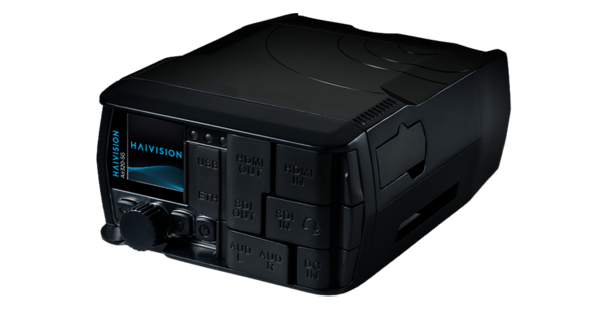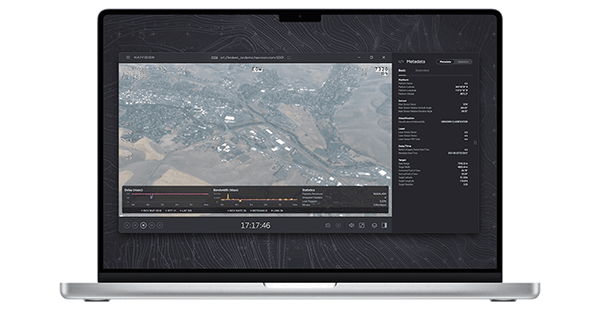Frame Rate
Frame Rate refers to the frequency at which consecutive images are displayed, and is typically expressed in frames per second (fps). Whether discussing film and video cameras, computer graphics, or motion capture systems, the term frame rate has the same meaning. Specific frame rates used for film and television production are standardized by the Society of Motion Picture and Television Editors (SMPTE).
Dating back to the 1920s, the standard frame rate for film has been 24 fps. In North America, Japan, and most of the rest of the world, the standard rate for television has been 30 fps for the National Television System Committee (NTSC). In Europe, parts of Africa, and Southeast Asia, the television standard rate is 25 fps for Phase Alternating Line (PAL).
Although our eyes and brains are capable of perceiving a continuous moving picture at rates at low as 16 fps, these standards were set because they provided a quality viewing experience at a reasonable cost. Higher frame rates require more frames, which means using more bandwidth for video streaming.
Recently, however, there has been a recent push towards the use of higher frame rates. High definition often is presented at 60 fps (50 in Europe).
Latest Blog Articles




























